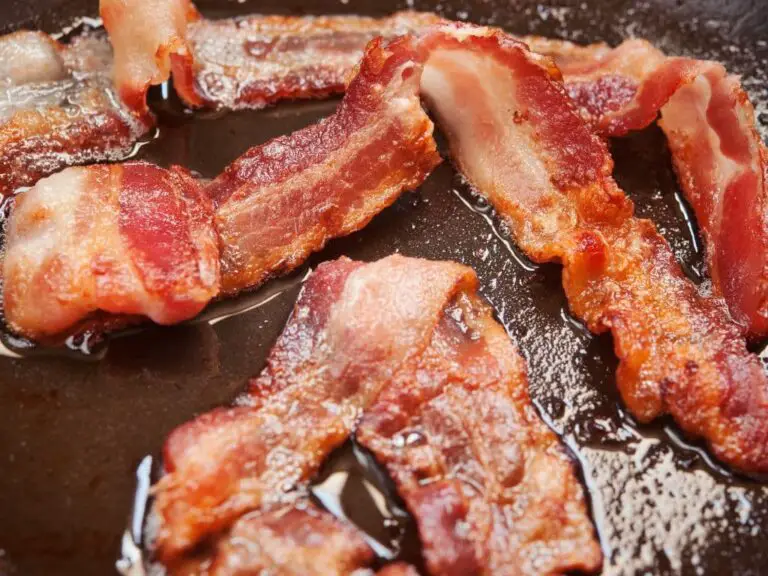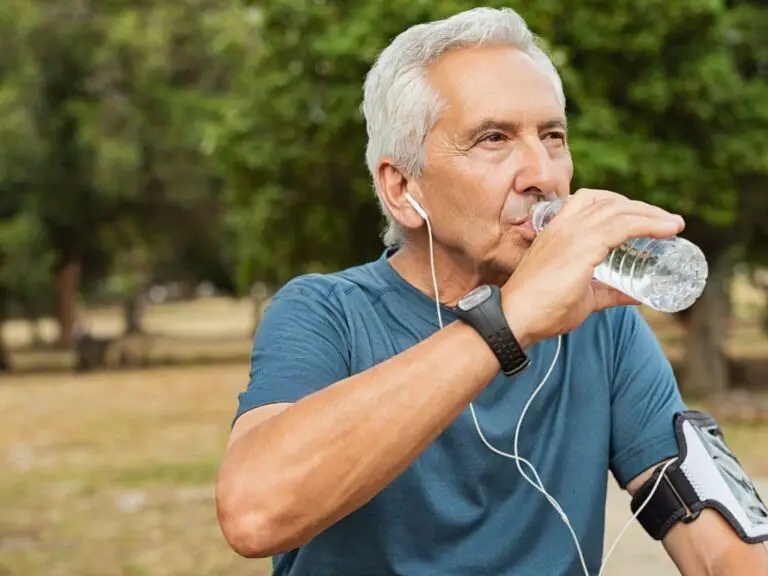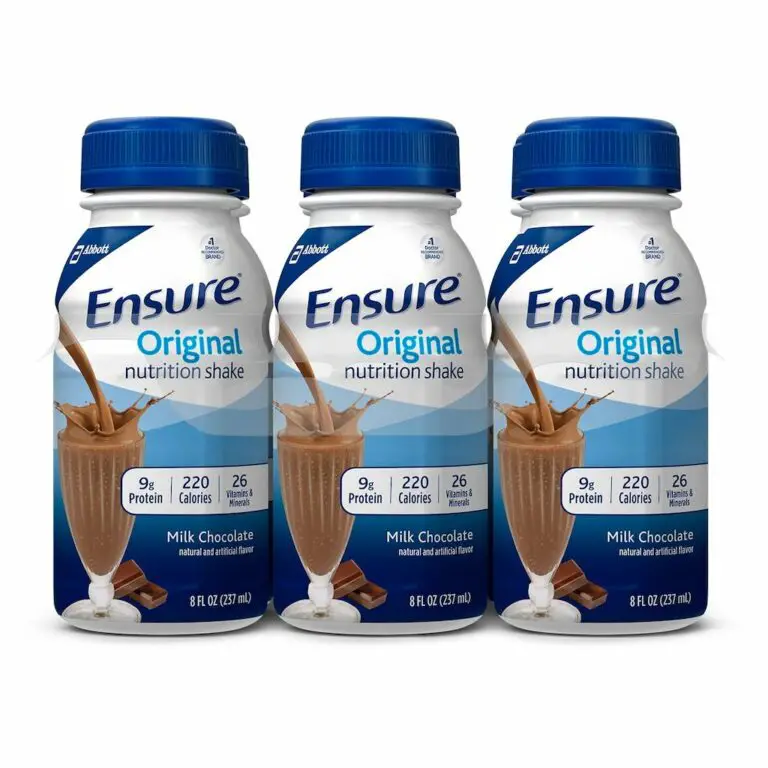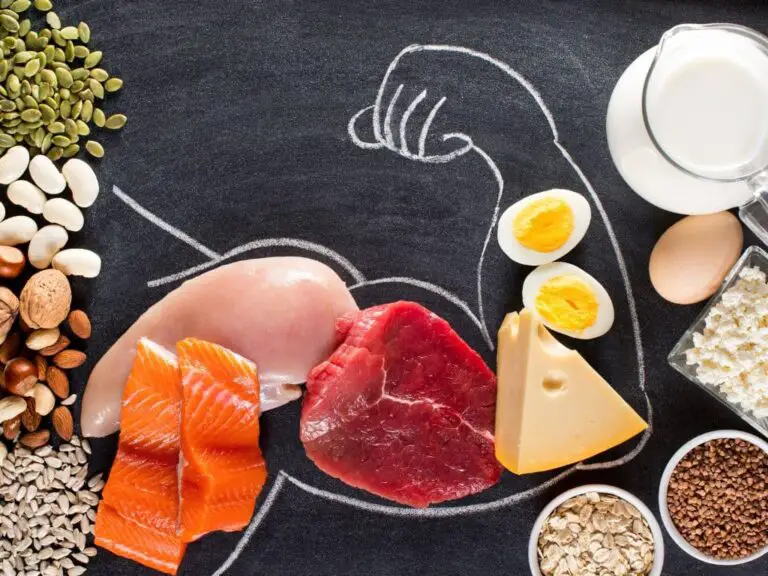What Organ Burns the Most Calories?
When it comes to calorie burning, your organs play an important role even when you are at rest. The amount of energy your organs use at rest is called your basal metabolic rate (BMR). This accounts for 60-70% of the total calories you burn each day.
But what organ actually burns the most calories? The organ that burns the most calories per hour is the brain, consuming about 20% of the body’s total energy intake, or roughly 350 calories per day. However, in terms of total calories burned at rest, skeletal muscles surpass the brain due to their larger combined mass, accounting for up to 30% of the body’s basal metabolic rate.
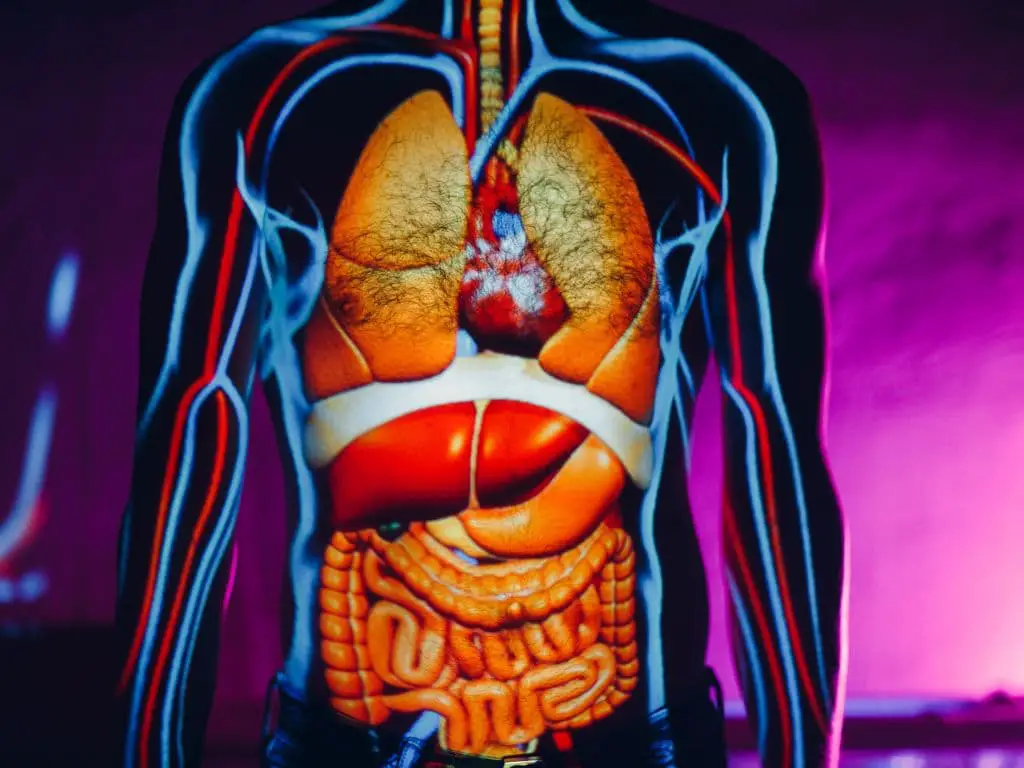
How Many Calories Does Your Organs Burn?
Several organs contribute significantly to your basal metabolic rate:
- The brain burns a surprising 20% of daily calories – more than any other organ. Just keeping your brain running requires a lot of energy!
- The liver burns about 15-20% of your BMR. It works hard to metabolize nutrients and filter toxins.
- The heart burns 10-15% to keep pumping blood and oxygen.
- The kidneys use about 10% to filter blood and produce urine.
- Skeletal muscles use 20-30% even at rest for muscle tone and involuntary movements.
So while the brain burns the most calories per hour, other organs like the liver, heart and kidneys also burn a significant amount.
What Organ Burns the Most Calories Per Hour?
The resting brain burns about 60% more calories per hour than other organs at an average rate of 350 calories per day.
The liver, heart, and kidneys each burn around 200-250 calories per hour at rest.
Skeletal muscles burn about 12 calories per hour for each pound of muscle. So a 150 pound person with around 30 pounds of muscle would burn 360 calories per hour just by having muscle mass.
So the ranking of calorie burning per hour at rest is:
- Brain
- Skeletal Muscle
- Liver
- Kidneys
- Heart
Which Organs Burn the Most Calories at Rest?
While the brain burns the most calories per hour, the ranking changes when you look at total calories burned at rest:
- Skeletal Muscles – Up to 30% of BMR
- Brain – 20% of BMR
- Liver – 15-20% of BMR
- Heart – 10-15% of BMR
- Kidneys – About 10% of BMR
Skeletal muscles end up burning more total calories because of their larger combined mass. The more muscle mass you have, the more calories you burn at rest.
How Quickly Do Different Organs Burn Calories?
The brain burns calories the fastest, using about 120 calories per hour for each pound of tissue.
- In comparison, kidney tissue burns about 70 calories per hour per pound.
- Liver tissue uses about 90 calories per pound per hour.
- Skeletal muscle burns about 12 calories per pound per hour at rest.
So the brain is the most metabolically active organ, burning through glucose and oxygen at a rapid rate. This allows your brain to carry out all its complex functions.
What Is the Difference Between Active and Resting Calorie Burning in Your Organs?
When you exercise or move around, your skeletal muscles will burn even more calories. Intense exercise can increase muscle calorie burning 10-fold.
But even during intense physical activity, your brain, liver, heart and kidneyswill keep burning calories at about the same resting rate. Their energy needs don’t ramp up too much with exercise.
In contrast, your muscles can vary their calorie burn dramatically – from about 50 calories per hour at rest up to over 500 calories per hour during intense exercise like sprinting.
Why Does Organ Size Matter for Calorie Burning?
Larger organs require more energy to function. Your brain only accounts for 2% of body weight but uses 20% of daily calories.
Meanwhile your skeletal muscles make up around 30% of body weight and burn 20-30% of resting calories.
So relative organ size doesn’t always predict calorie needs. The brain, liver and kidneys punch above their weight in terms of burning calories!
Can You Change How Many Calories Your Organs Burn?
You can increase your basal metabolic rate and organ calorie burning by:
- Building more lean muscle mass through strength training – this increases calorie burn even at rest.
- Doing cardio exercise to make the heart and lungs work harder.
- Eating enough protein and nutrients – being malnourished causes metabolism to slow down.
- Getting good sleep and managing stress – cortisol and lack of sleep hamper metabolism.
So with diet, exercise and lifestyle choices you can “rev up” your organs to burn more calories around the clock!
The brain, liver, heart, kidneys and skeletal muscles all play an important role in burning calories at rest. While the brain burns the most per hour, muscle mass ends up being the main driver of your basal metabolic rate. With smart exercise and nutrition choices, you can get your organs working together to burn more calories and energy!
Frequently Asked Questions
-
What organ burns the most calories?
The brain uses energy for normal functioning. It is only 2 percent of your total body weight but it uses 20 percent of all the energy that you consume. The metabolic activity of the brain is constant, no matter what your activities are. Your brain actually burns more energy when you’re at rest than it does while running.
-
Why am I getting fatter as I get older?
Your muscle mass declines as you get older and your fat mass rises. Because fat is more metabolically active than muscles, you don’t require as many calories for maintaining your body weight. Weight gain can also be caused by hormonal changes.
-
Why am I gaining weight in my stomach?
Lifestyle choices can make it possible to gain weight only in the stomach. Your midsection size is a function of the two S’s sugar and stress. Abdominal weight gain can be caused by certain medical conditions or hormonal changes.
-
What tea makes you look younger?
You may look younger with white tea. White tea is more effective than any other herb or plant extract in protecting our skin from enzymes that can cause sagging and create wrinkles.
-
What Should 70 year olds eat?
High-protein food like chicken, fish, pork, eggs and beans, as well as legumes and nuts, seeds, or soy products, is essential for 70 year olds. For a 70-year-old man, he should consume 5.5 ounces daily of protein-rich food. A woman the same age must have 5 ounces.
-
What foods shorten your life?
Other than frankfurters and vegetable pizza, there were also processed meats like corned beef (71/71), chicken wings (33/3) or vegetable pizza (1/4).
-
What’s the average jean size for a woman?
Women average around 170 pounds. These measurements indicate that the average American woman is between 18- and 20 inches in size.
-
What is considered obese for a woman?
An overweight person is one with a BMI between 25 and 29.9. An obese person is someone with a BMI over 30. People who have a BMI of between 25 and 34.9 and whose waists are greater than 40 inches (for men) and 35 inches (for women), are at high risk of developing health problems.
-
What is the average size of a woman?
American women aged 20 and over weigh 170.6 pounds, and stand at 63.7 inches (6 feet, 4 inches) high. What is the average waist circumference of American women aged 20 years and older? It’s 38.6 inches.
-
How many calories should a 77 year old woman eat per day?
If you’re active, consume around 2,600 calories per day. If you’re sedentary or active, a female over 70 should consume between 1,600 and 2,000 calories per day.
-
How much should a 66 year old woman weigh?
The average weight of U.S. females over their adult lives is: Ages 20 to 39: 167.6 lbs. Ages 40-59: 176.4 pounds. Ages 60+: 166.5 lbs
-
Why is it so hard to lose weight after 70?
Lyssie Lakatos R.D.N. is a registered dietitian and personal trainer who coauthored The Nutrition Twins’ Veggie Cure. This can lead to weight gain that could increase your chances of developing conditions such as diabetes or heart disease.
-
What are the 3 most important foods you can eat for healthy aging?
Vegetables and fruits. Whole grains Low-fat dairy products such as yogurt and cheese. Skinless poultry.
-
How much should a 5 foot 2 inch 65 year old woman weigh?
The ideal body weight ranges of women with different sizes and heights are listed in the Metropolitan Tables. A woman who stands at 5′ 2″ tall and is over 60 years old has an ideal weight range between 108 and 143 pounds. However, a woman of 5-foot-6 feet has an optimal weight range of 120-159 pounds.
-
What is the best BMI for a senior woman?
A BMI of between 25-27 is better for older people than a lower one. For those over 65 years, an increase in your BMI can help you avoid osteoporosis (thinning bones).


